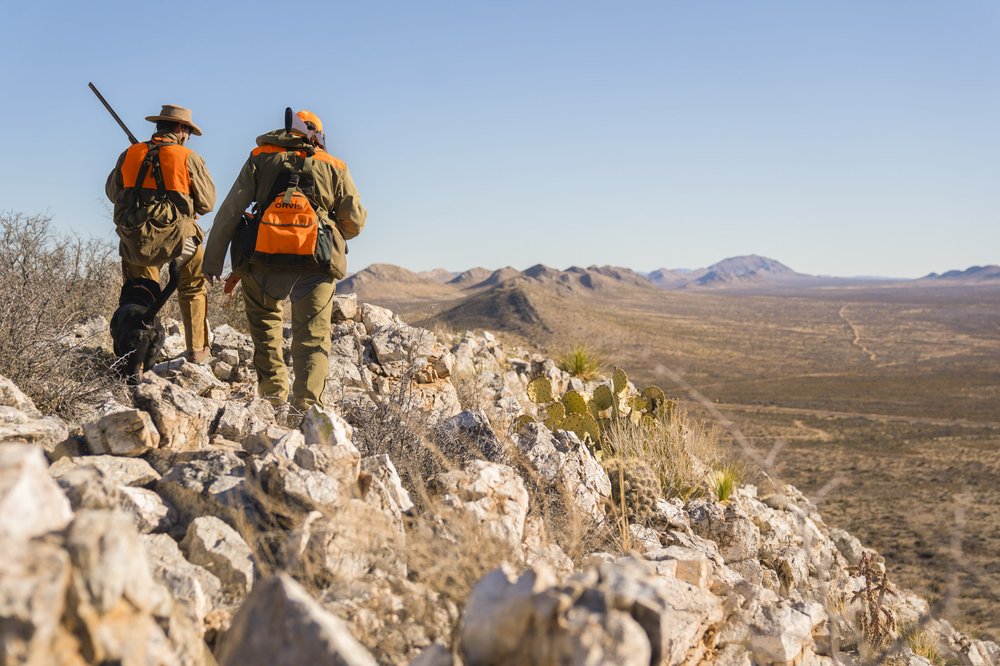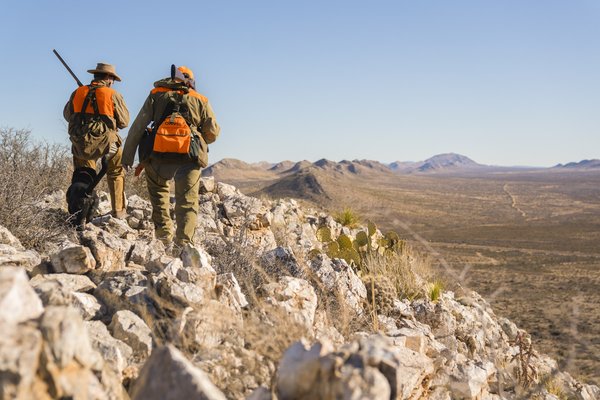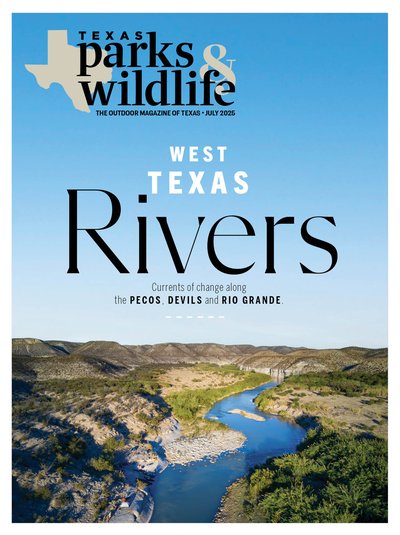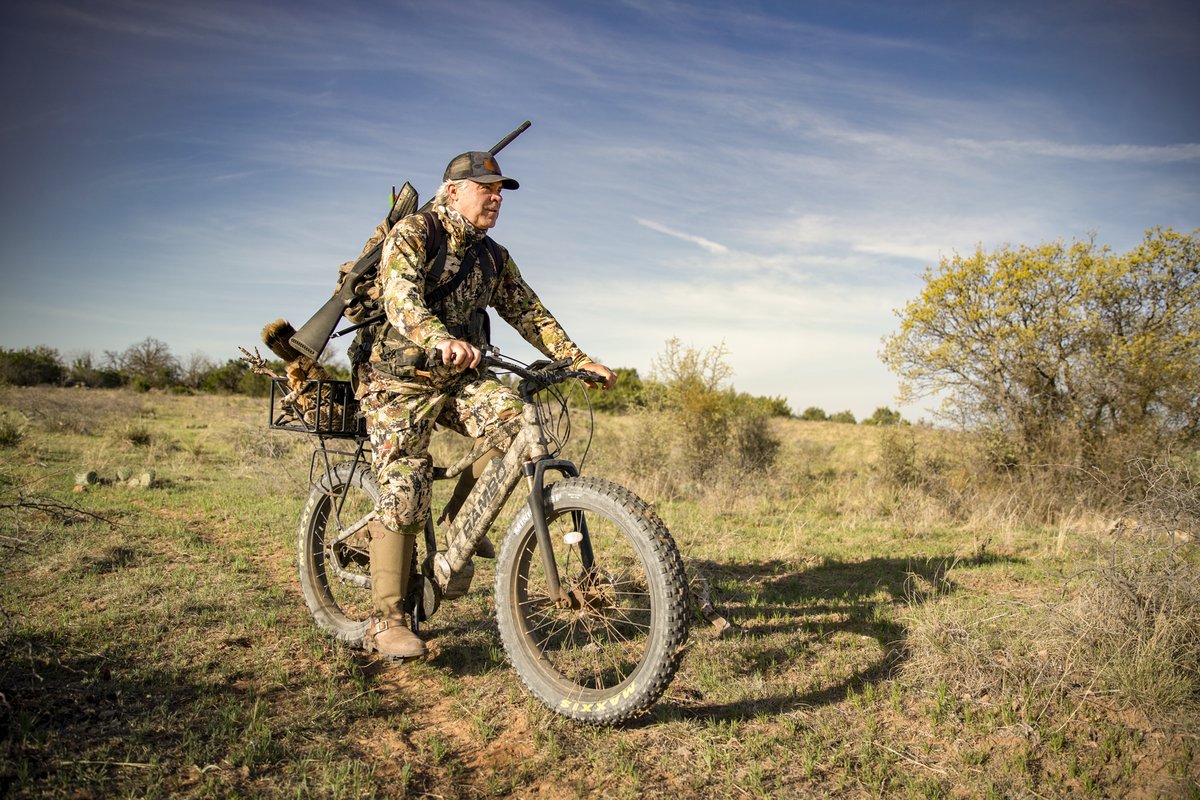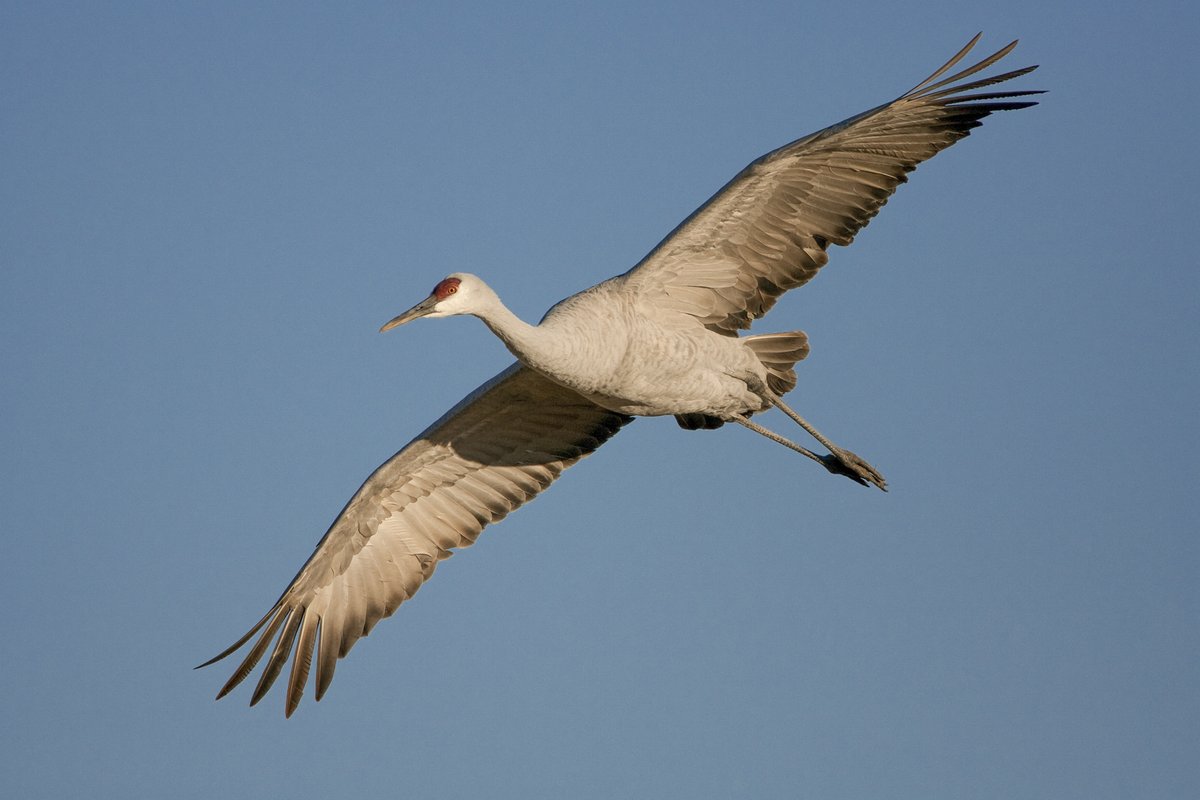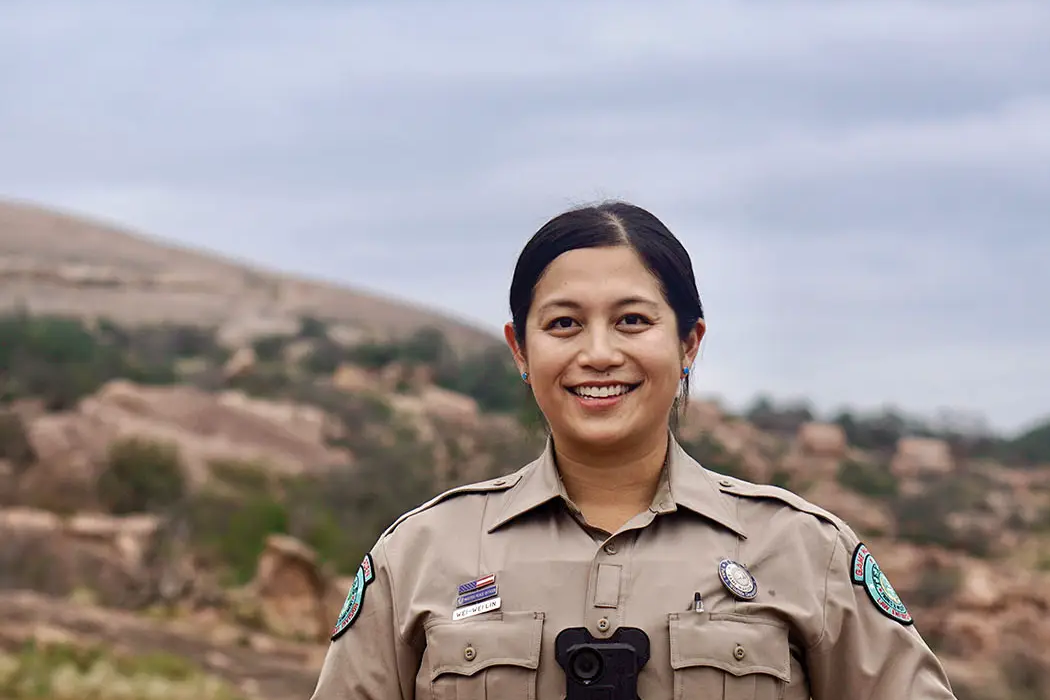First light catches the white rock ridges of the TransPecos as Gus and I ready the dogs in the morning frost, checking their feet, wrapping them in rubber boots that protect their pads from the desert's cutting edges. In addition to all the things that stick and sting out here, there's the problem of water. Thirst turns deadly in a heartbeat in the desert, and experience has taught us to carry more water than we think we'll need, then add another gallon for good measure.
My 28-gauge comes up from its case like an old friend, loaded with bismuth 6s shot. Some might question such a light gun for scaled quail (also called blue quail), but years in this country have taught me that lighter guns mean I can stay out longer, and these birds need that bigger shot to bring them down cleanly.
These aren't your granddaddy's bobwhites. Blue quail are desert outlaws, their feathers patterned like scales, flying faster than any quail you've known, running instead of hiding. Watch a covey long enough and you'll see it — that swagger that comes from generations of outrunning everything from coyotes to cowboys. They move through this broken country with inherited wisdom, following routes their ancestors used when the first Spanish horses crossed this basin.
The English cocker's tail starts whirring like a helicopter blade — she's caught scent. The pointer makes a wide sweeping motion before locking up, frozen midstride. Steam rises from their breath in the cold morning air. Gus and I split apart without a word, our snake boots laced tight against the ankle-rolling terrain. Years of hunting together have taught us the silent language of the desert, just as years of pursuing blues have taught us to let them get out to proper range — about 20 to 25 yards — before mounting the gun.
When the covey finally breaks, time slows. The explosion of wings against morning sky burns into memory — each bird a separate burst of survival instinct and raw speed. Two shots ring out in quick succession — my 28 and Gus' 20. One bird folds, dropping into a fortress of tasajillo. My young cocker doesn't hesitate, diving through the thorns while I follow, grateful for the chaps that turn vicious barbs into mere suggestions. These birds make you earn every retrieve in this country. She emerges proud, quail soft in her mouth, a moment that defines why we run dogs in this hard country.
“They're headed for that high cholla,” Gus calls out, already reading the covey's escape route. We'll take just one more bird from this group. Limiting our harvest from each covey ensures they'll thrive for seasons to come. Early morning birds hold tighter, their patterns more predictable. The dogs work methodically now, rubber boots gripping the sharp rock as they quarter into the wind. Their pace has changed — they know these singles will hold tighter, having lost the security of the covey.
By 10, the morning frost is a memory. Brush coats are strapped to our game vests, the rising heat making us grateful for every ounce shed. Between bird finds, we trade off handling water breaks for the dogs, checking their bodies and removing thorns. I pause to watch my young cocker work a patch of likely cover, her intensity a reminder of why we're really out here. These dogs give everything to the hunt, and there's beauty in that kind of pure devotion.
“Your pointer's gotten wise,” Gus says, nodding toward the older dog working the high ground. He's right. After five seasons in this country, she's learned to read blues like a book, knowing they'll run uphill when pressed. We spend the rest of the morning following her lead, making four more covey contacts. Some folks measure success by birds in the bag, but watching a dog work with that kind of earned wisdom — that's the real treasure.
Noon finds us at the quail rig, our mothership in the desert. The morning's dogs settle in after a good drink, their work honest and complete. I unwrap tamales while Gus mixes electrolytes. Fresh dogs whine softly, eager for their turn, but they'll have to wait. The desert demands respect for its rhythms.
We'll make one more quick round in the afternoon. The birds have moved to different cover now, seeking late-day feeding grounds. The dogs work with the same intensity they showed at dawn, reading the terrain, honoring each other's points, giving everything to the hunt despite tired muscles and thorny country. Three more coveys give us the slip before we connect again, but that's blue quail hunting — they make you work for every moment.
Our afternoon loop ends back at the rig an hour before sunset. Eight birds between us — enough for dinner and a few more for morning breakfast tacos. Miles of thorny country and running birds have built a hunger that only quail can satisfy. This early stop isn't just tradition, it's responsibility. Blues need time to regroup before nightfall, to gather back into coveys that offer safety from predators.
Back at camp, Gus tends to the string, checking the dogs and getting them fed while I start dinner. Tonight I'm making a camp favorite — Hot Honey Scaled Quail with Roasted Carrot-Broccoli Slaw. Over cold beverages and hot birds, we replay the day's best moments. Not just the solid points and successful shots, but the small victories — a young dog learning to handle running birds, an old pointer showing why experience matters, the perfect harmony of a backing dog honoring her partner's point. These are the stories that season the meat better than any spice.
Success out here isn't counted in birds alone. It's measured in dogs still hunting hard at day's end, in lessons learned from each flush, in wisdom earned from every covey tracked and found. The desert speaks through these birds, and through the dogs that help us find them. Some days we're lucky enough to listen.
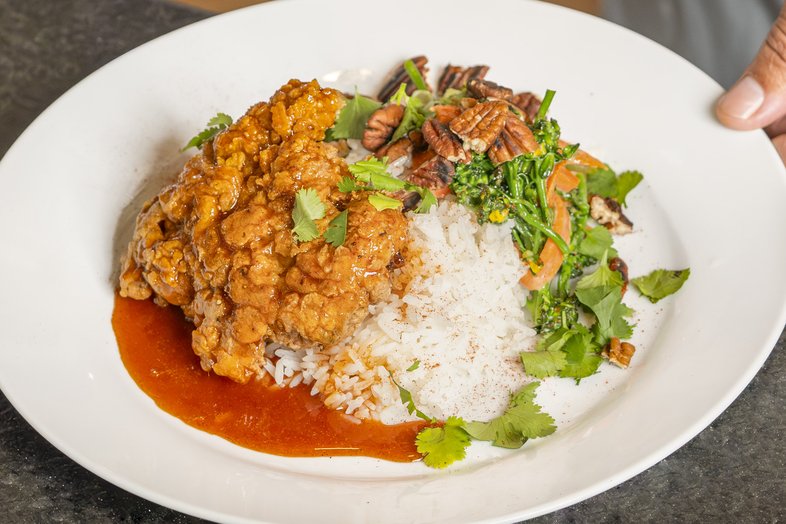
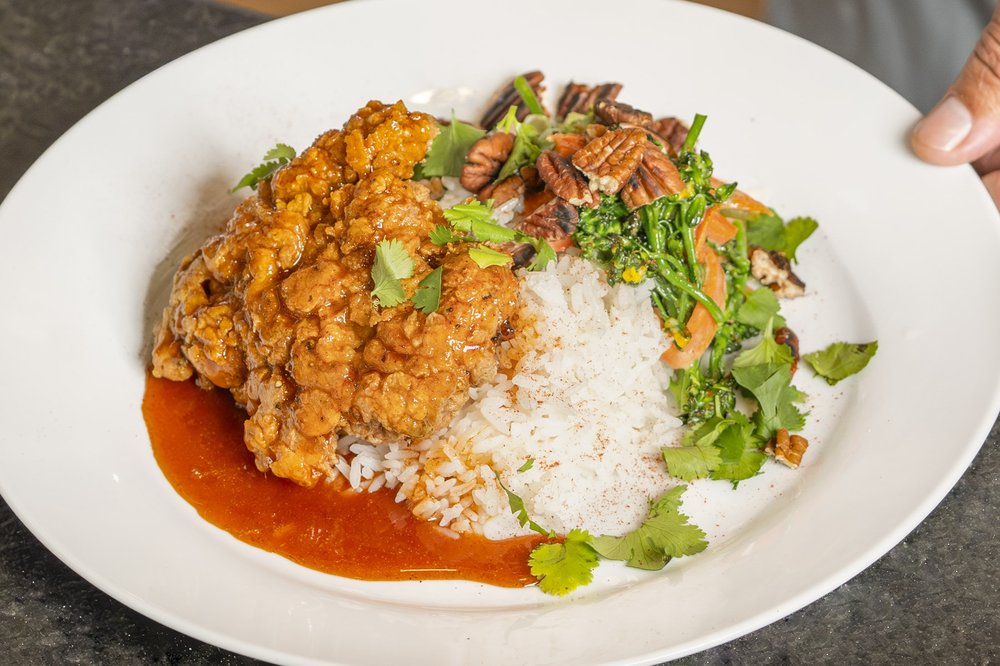
Hot Honey Blue Quail with Roasted Carrot-Broccoli Slaw
Recipe by Josh Crumpton
Photo by Ben Lew
This elevated take on fried quail brings sweet heat to wild birds. Doubledredging creates extra crunch, while the roasted carrot slaw adds fresh balance. Plan ahead — quail need a four-hour marinade.
Serves: 4
Ingredients
Quail Marinade
- 8-10 scaled quail, deboned with leg bones in
- 2 cups buttermilk
- 2 tablespoons Aleppo pepper
- 1 tablespoon each: garlic powder, onion powder, paprika
- 2 teaspoons kosher salt
- 2 cloves garlic, crushed
- 1 sprig thyme
Dredge Station
- First Flour
- 2 cups flour
- 1 tablespoon each: paprika, garlic powder, onion powder
- Salt to taste
- Egg Wash
- 4 eggs
- 1/2 cup buttermilk
- Hot sauce (optional)
- Final Dredge
- 2 cups flour
- 1 cup cornstarch
- 1 tablespoon black pepper
- 1 teaspoon baking powder
- Salt to taste
Hot Honey
- 1/2 cup honey
- 4 tablespoons butter
- 1 tablespoon Aleppo pepper
Slaw
- 6 carrots, roasted and cut into strips
- 2 cups broccoli slaw
- 4 green onions, sliced
- 1/2 cup each: cilantro, toasted pecans
- Dressing
- 1/2 cup mayo, 2 tablespoons each buttermilk and honey, juice of 1 lime, salt and pepper
Method
Marinate quail in buttermilk mixture for four hours.
Roast carrots at 400 degrees until charred. Cool, slice, and combine with slaw ingredients.
Make hot honey: warm ingredients until butter melts.
Heat oil to 325 degrees. Dredge quail in first flour, then egg wash, then final dredge.
Fry 5-6 minutes until golden. Drain briefly, toss in hot honey while hot.
Serve over jasmine rice with slaw alongside.
Tips
Maintain 325-degree oil temperature
Don't crowd the pan
Add pecans to slaw just before serving
Regular chile flakes can substitute for Aleppo
